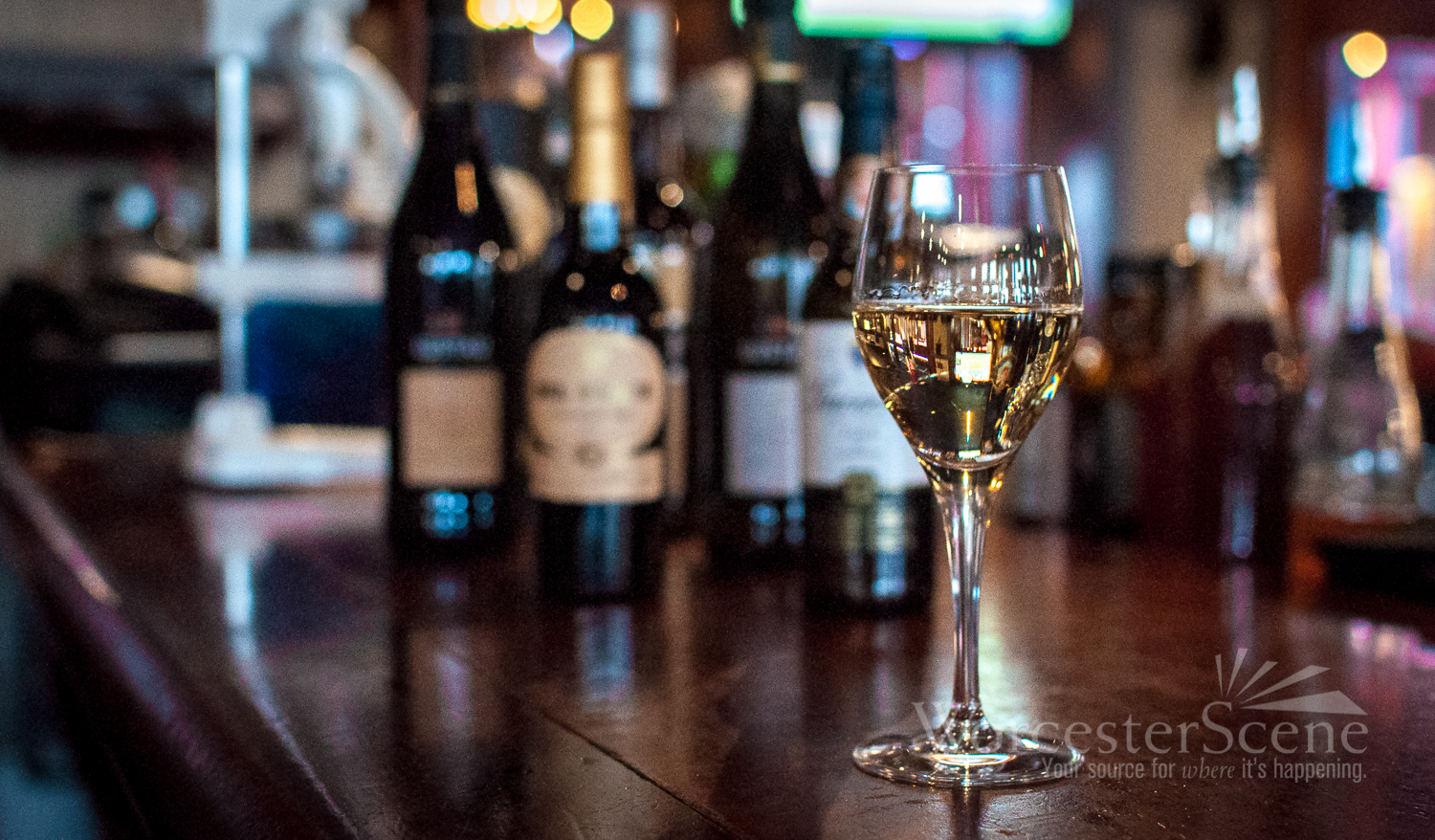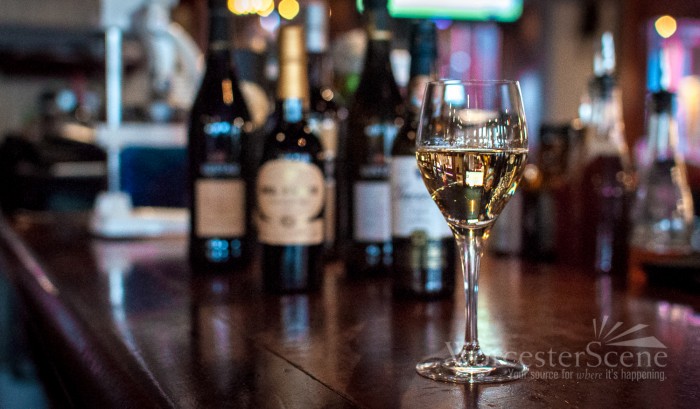
Often in the wine world, there are trends that come and go. There are the classics that will always be faithfully revered such as Burgundy and Bordeaux. However, relative newcomers to the scene are often subject to the current whims and tastes of the consumer. Sometimes wine geeks roll their eyes, waiting for some of these trends to go away. (How much Moscato do we actually need?!) Other times we rejoice that a classic is becoming popular again, because certain wines are too good not to be shared with the world. This is exactly what we are seeing happen with Sherry. Sherry is a fortified wine from Jerez in southern Spain that can be made into a dry or sweet style. Fortified wines came about during the Age of Exploration, by adding neutral spirit to wine for preservation purposes during long voyages. When Sherry made its way over to England, it quickly became the drink of choice for the Brits. (They are actually still the #1 export market for Sherry!) However, the popular style was sweet cream sherry, and although this style helped to keep the Sherry industry afloat, it did not help its reputation amongst serious wine drinkers. The Sherry industry has certainly declined over time and sadly many historical bodegas, or Sherry houses, have gone out of business. Luckily, Spaniards and Sherry enthusiasts have continued to consume and provide demand for the real jewel of Andalucía, dry Sherry. The intricate production process alone is impressive. Then, the versatility it has in food-friendliness makes it a great addition to any food and wine experience. It is admittedly an acquired taste for many people, but so was wine, beer and coffee at one point and where would we be without those if we gave up on the first sip?
 So the Sherry process. It is quite intense, making it all the more interesting. Most Sherry is made from the relatively neutral grape, Palomino. The best Palomino for Sherry production comes from the famous porous, chalky soil of Jerez, called albariza. Albariza makes grape-growing possible in this hot, dry climate, retaining water in the rainy off-season, and reflecting heat off the grapes in the growing season, due to its white color. While most wine producers claim that wine is made in the vineyard due to the expression of terroir, the exact opposite can be said of Sherry, because the most important part of the process happens in the bodega. Once grapes are harvested and sent to the bodega to be pressed into juice, the fermentation process may begin. During fermentation, sugar is converted to alcohol in large stainless steel tanks. Immediately following fermentation, flor begins to develop. Flor is a yeast that spontaneously develops only in the region of Jerez, the proximity to the sea having a huge influence on the development of flor. At this point, the wine undergoes its first classification dependent on style and quality. The finest, most delicate wines will continue to age under flor, or biological aging, as a fino, or manzanilla if the wine is from a Bodega in Sanlúcar de Barrameda. Fuller, richer styles will be aged as an oloroso. This classicfication will determine the strength of the fortification level. Fino and manzanilla will be fortified to 14.6-15.4% alcohol, the level at which flor thrives. Oloroso will be fortified to 16-17% abv to kill off any exisiting flor, undergoing oxidative aging. At this point, the wines, or sobretablas, are ready to enter the solera system.
So the Sherry process. It is quite intense, making it all the more interesting. Most Sherry is made from the relatively neutral grape, Palomino. The best Palomino for Sherry production comes from the famous porous, chalky soil of Jerez, called albariza. Albariza makes grape-growing possible in this hot, dry climate, retaining water in the rainy off-season, and reflecting heat off the grapes in the growing season, due to its white color. While most wine producers claim that wine is made in the vineyard due to the expression of terroir, the exact opposite can be said of Sherry, because the most important part of the process happens in the bodega. Once grapes are harvested and sent to the bodega to be pressed into juice, the fermentation process may begin. During fermentation, sugar is converted to alcohol in large stainless steel tanks. Immediately following fermentation, flor begins to develop. Flor is a yeast that spontaneously develops only in the region of Jerez, the proximity to the sea having a huge influence on the development of flor. At this point, the wine undergoes its first classification dependent on style and quality. The finest, most delicate wines will continue to age under flor, or biological aging, as a fino, or manzanilla if the wine is from a Bodega in Sanlúcar de Barrameda. Fuller, richer styles will be aged as an oloroso. This classicfication will determine the strength of the fortification level. Fino and manzanilla will be fortified to 14.6-15.4% alcohol, the level at which flor thrives. Oloroso will be fortified to 16-17% abv to kill off any exisiting flor, undergoing oxidative aging. At this point, the wines, or sobretablas, are ready to enter the solera system.
This is where it can get a little confusing. The solera system is defined as a “system fractional blending in such a way that the finished product is a mixture of ages, with the average age gradually increasing as the process continues over many years.” A solera is the set of used American oak barrels used in the fractional blending process of making Sherry. A solera is comprised of a series of barrels called scales or criaderas. The oldest group of barrels, the first scale, is also called the solera. When some of the wine, usually ⅓, is removed from the solera to be bottled, it is replaced by wine from the other 1st criadera. This happens until each barrel has wine replaced from the next criadera, until the youngest criadera is replenished with sobretabla wine, the young wine after fermentation. Soleras can have anywhere from 3-15 criaderas. The purpose of fractional blending is to create consistency and complexity in a certain solera’s style. This also creates an average age of the solera, so depending on how old the solera is, it could contain wine that has been aging for over 50 years! Think of the complexity and nuances of this wine.
During this process, the wines may be categorized again. Delicate wines still aging under flor will remain finos or manzanillas. However, at this point, two intermediate styles may develop. An amontillado is a fino or manzanilla that has spent a number of years under flor before undergoing a period of oxidative aging. The flor may have died off naturally or the winemaker, or capataz, may have intentionally killed off the flor because the wine was become too rich in style to remain a fino. The second intermediate style is a palo cortado, defined as a wine combining the delicacy and aromatic refinement of an amontillado with the structure of an oloroso. Then olorosos will always remain olorosos.
There is so much more information to give, and so many more layers of intricacy to this process. However, you probably want to know the important stuff, like what do these taste like? What can I eat with these wines? Where can I get them? And can you go over that one more time? Finos are the most delicate, having notes of seaspray, almonds and Mediterranean herbs. The flor consumes sugar and glycerol during the biological aging process, resulting in a bone dry wine that has the perception of a light body, despite the high alcohol level. Fino and Manzanilla are best served chilled like a white wine, with shellfish, olives, almonds and Iberico ham. It even goes well with notoriously hard-to-pair asparagus and artichokes. Amontillado and palo cortado are dry, deep in color, and may have notes of caramel, roasted nuts, toffee and mocha. These should be served with a slight chill and go well with oysters, poultry, hard cheeses and mushroom dishes. Oloroso often has notes of walnuts, leather, tobacco, bitter chocolate and caramel, with a rich texture. It should also be served with a slight chill, like a properly served red wine, pairing perfectly with game and grilled meats. These wines are often umami-driven, and can go surprisingly well with Asian cuisine. As far as where to get these wines, your best bet is to go to a Spanish restaurant to try their selection of Sherry. A good tapas restaurant should have a varied selection. If you decide you are a fan, go to a high end wine shop. If local restaurants or wine shops don’t have Sherry, ask for them to get some! Wines gain a presence by demand of the consumer. Not only will you help to restore the Sherry industry, but you will have the perfect dinner party wine every time you host, as you kindly inform your guests that Sherry is so hot right now.

